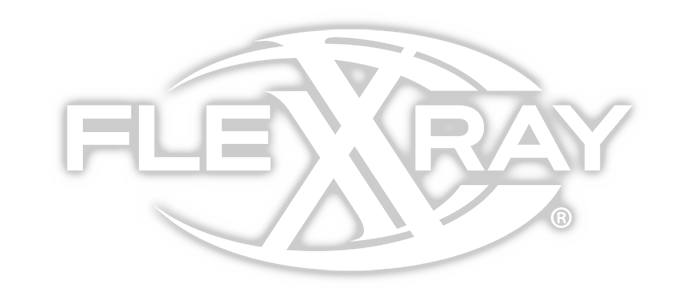Foreign material contamination is a significant concern for protein producers and can happen at any time in the production process. It’s a daily, even shift-to-shift issue that requires strategic mitigation. In facilities that process meat, poultry and seafood, bone is an ever-present risk. There is also a significant risk of metal due to the nature of the processing environment, including a host of metal cutters, grinders, extruders, blenders, cooking equipment and more.
Compared with manufacturers in other industries, protein facilities should be extra vigilant to eliminate foreign material contamination due to the level of processing required for meat, seafood and poultry. In any food product, the likeliness of foreign material inclusion increases the more it’s processed mechanically. According to industry expert and FlexXray’s Vice President of Operations, Kye Luker, “The biggest risk posed by foreign material contamination for protein manufacturers is the risk of recall.” If something isn’t correctly mitigated, detected and removed from the process, the risk of recall can become substantial. Recalls are costly to profit margins and brand reputations, and a nightmare for manufacturers in the competitive meat, poultry and seafood industries.
When it comes to foreign material contamination, prevention is key. Protein manufacturers must have proper equipment maintenance and operation. When foreign material contamination is flagged by inline detection equipment, meat, poultry and seafood manufacturers should have a robust process in place to correctly bracket the correct portion of a suspect batch, address the root cause of the problem swiftly, and isolate that product effectively to resume production. As Luker states, “If those key cogs are in place and properly functioning, then dealing with foreign material issues doesn’t turn into a crisis each time. As Luker states, “If those key cogs are in place and properly functioning, then dealing with foreign material issues is a matter of good hold and release processes including properly bracketing the suspected product.”
In the protein manufacturing process, bone separation (or shell removal) is the first primary process where the risk of foreign material contamination substantially increases because it’s an imperfect process and some bone is considered acceptable. “When a facility’s base process allows for foreign material, it becomes a battle to keep that process functioning in a tight bandwidth,” Luker said. Anything after de-boning where grinding or extruding occurs also increases the chance for foreign material to enter product.
Even though bone and shell present a significant foreign material concern and are the most common foreign material to enter protein products, they are not necessarily the type of food foreign material that triggers most secondary inspections. Bone and shell are considered indigenous to the product and often pass under the radar of inline inspection machines. Metal is the number one cause for hold-release protocols to be enacted.
The fastest and most accurate way for protein manufacturers to find foreign material contamination and resolve on-hold product is three-fold: one, ensuring effective in-line detection equipment; two, staying on top of calibration processes; and three, having a clear decision plan for addressing on-hold product through secondary inspection.
Many meat, poultry and seafood manufacturers turn to FlexXray’s accurate and confidential third-party inspection services as part of their secondary inspection processes to avoid recalls and resolve on-hold product. FlexXray can detect what inline equipment can’t, detecting foreign materials that inline machines are not calibrated to find.
Inline detection processes and equipment are critical for flagging product for foreign material contaminants––the more accurate internal inspection processes are, the better. FlexXray performs a different function than inline detection equipment, quickly identifying foreign materials down to 0.8 mm, giving protein manufacturers the confidence to make decisions around on-hold product. “It’s important for protein manufacturers to know that FlexXray can help keep production moving and mitigate risk in their suspected product through a secondary inspection,” Luker said.
If you’re a protein manufacturer with product on hold, don’t hesitate to contact FlexXray for a free sample test and start the process to resolve your on-hold process today at 817-873-2658.

Leave a Reply
You must be logged in to post a comment.